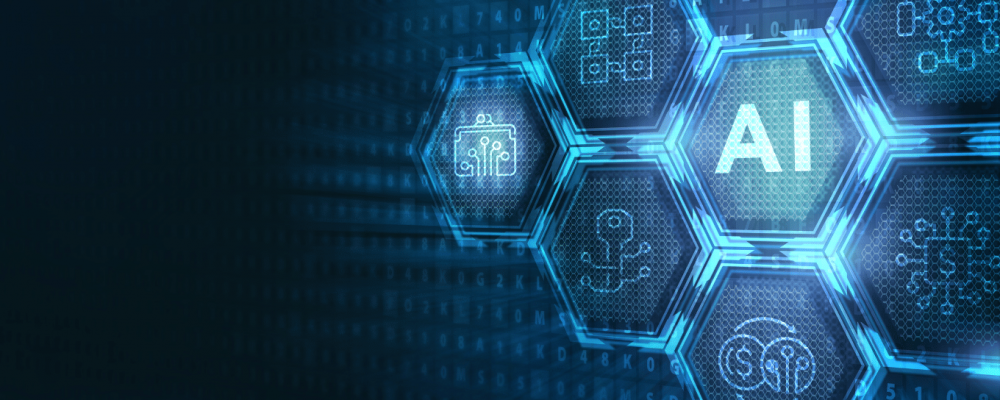Bridging the Gap: Mitigating AI Job Displacement Through Education
2023

In a world where the pace of technological innovation is relentless, one of the most significant challenges facing educators is preparing students for jobs that don’t yet exist. The advent of the internet catalyzed a wave of job displacement and creation, spawning entirely new industries and rendering others obsolete. Today, artificial intelligence (AI) is poised to have a similar impact, fundamentally altering the job landscape in ways that are difficult to predict.
The print media industry witnessed a significant decline, with approximately 275,000 newspaper jobs lost between 1990 and 2016 due to the growing popularity of online news consumption (BLS). Similarly, automation and e-commerce also contributed to the loss of about 5.5 million manufacturing jobs from 2000 to 2017 (BLS).
Yet, the internet also fueled incredible technological advancements, giving rise to companies like Amazon, Netflix, Google, Meta, and Tesla. As a result, while some jobs were lost, many more were created.
A March Goldman Sachs report found over 300 million jobs around the world could be disrupted by AI, and the global consulting firm McKinsey estimated at least 12 million Americans would change to another field of work by 2030. A “gale of creative destruction,” as economist Joseph Schumpeter once described it, will blow away countless firms and breathe life into new industries. It won’t be all bleak: Over the coming decades, non-generative and generative AI are estimated to add between $11 trillion and $17 trillion to the global economy. And crucially, many of the jobs that will be lost will be replaced by new ones.
Educators and students need access to hands-on AI education now to ensure they are equipped for the unknown but almost certain to change job landscape. It is imperative to empower students as swiftly as possible. Prompt engineering, for instance, will be as crucial as knowing how to use a computer was in the ’90s. It will enable people to leverage AI models to accomplish tasks that are currently not possible. Similarly, just as knowing HTML in the ’90s was essential for creating and customizing websites, tuning AI models is now a key skill that enhances the performance and accuracy of AI applications. Furthermore, the importance of building secure online payments in the ’90s parallels the complexity and necessity of training GPU-based models today.
Vocareum aims to bring AI education to all students. From prompt engineering to model tuning, AI creation, deployment, and research, Vocareum’s AI Notebook provides seamless LMS integration, security, and a hands-on learning environment. The first use of Vocareum’s AI platform was by AWS and DeepLearning.ai for a course on Coursera.
The rapidly evolving technological landscape necessitates a proactive approach to education. With the demand for AI skills surging and a significant global shortage of AI professionals, it is crucial to equip the next generation with the skills necessary to thrive in an AI-driven future.












